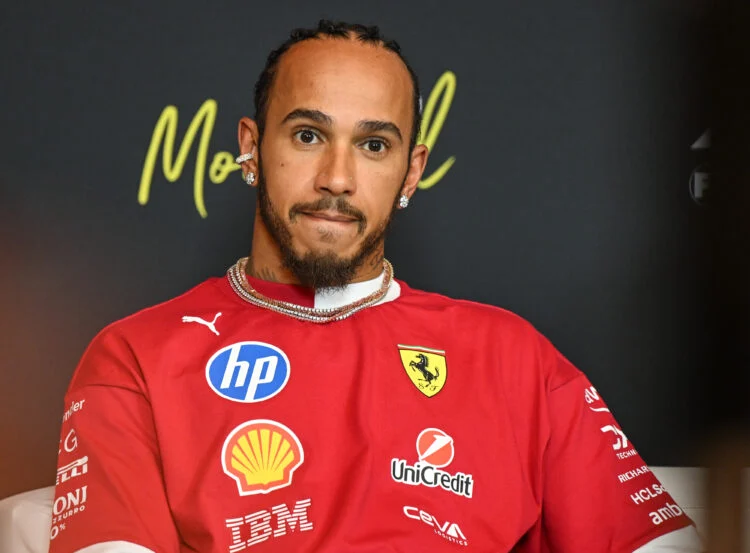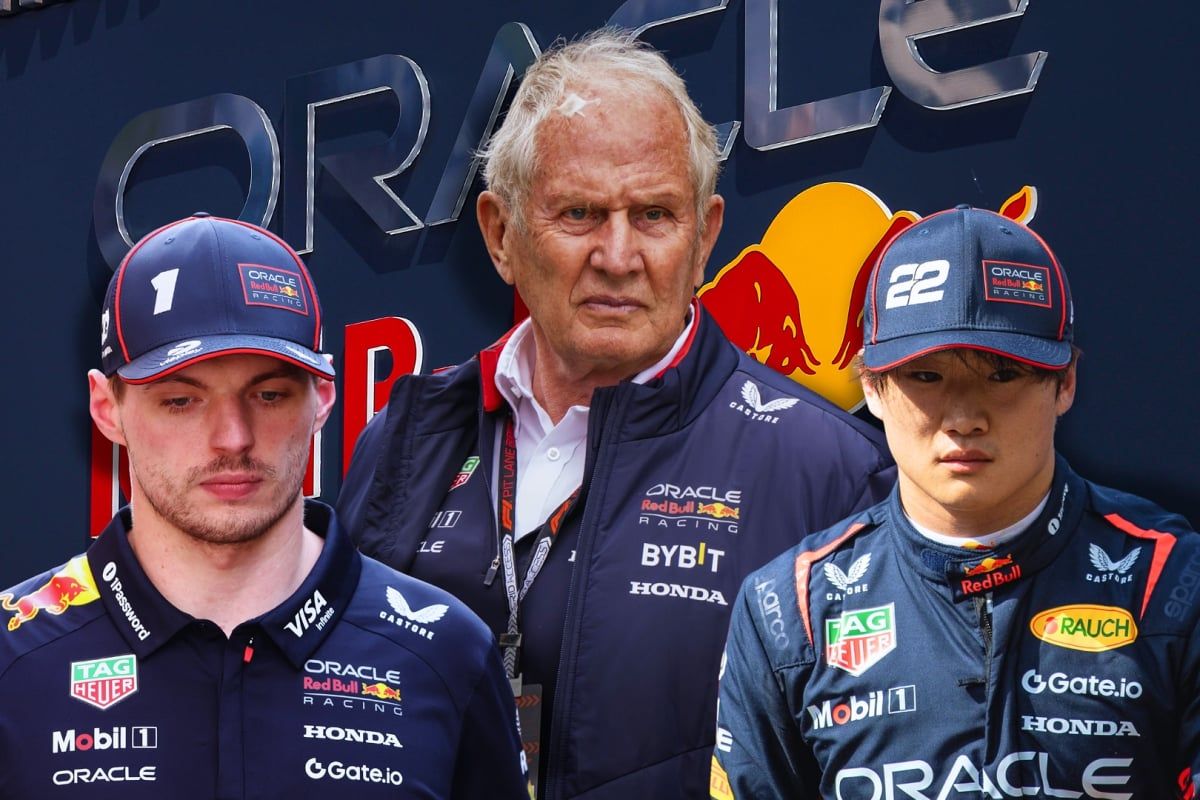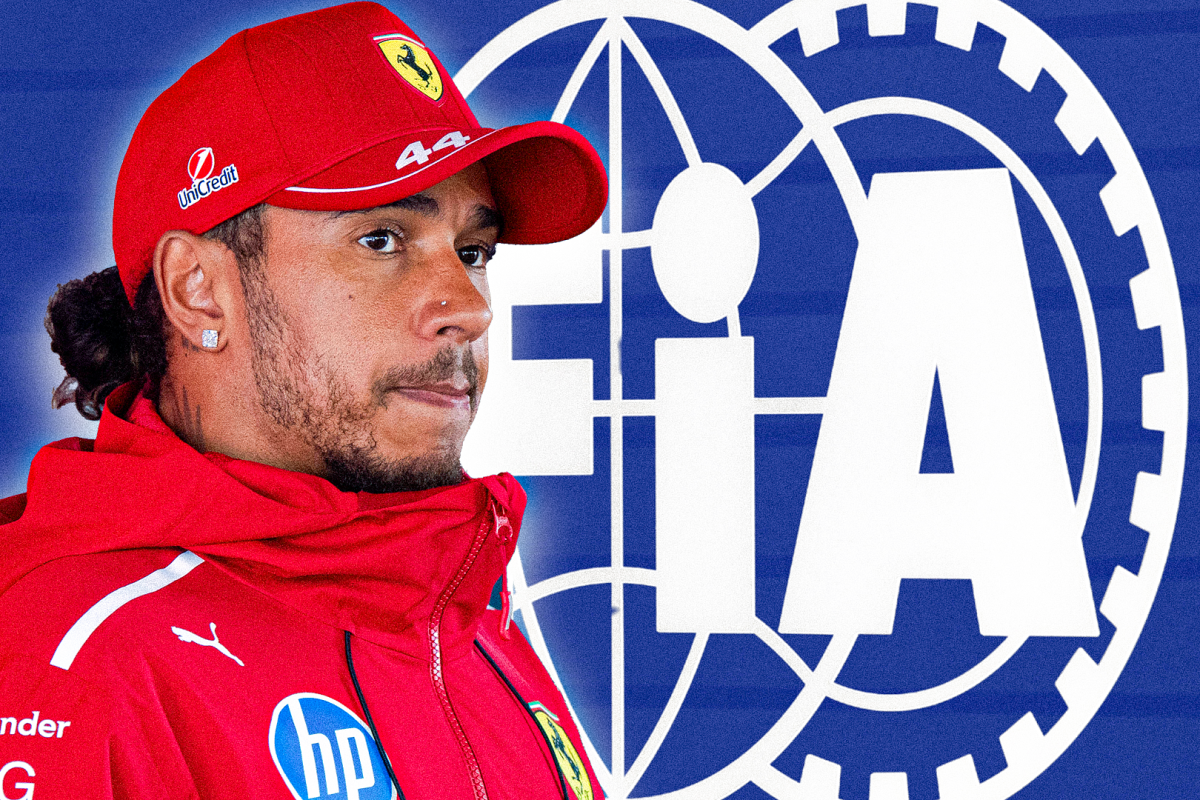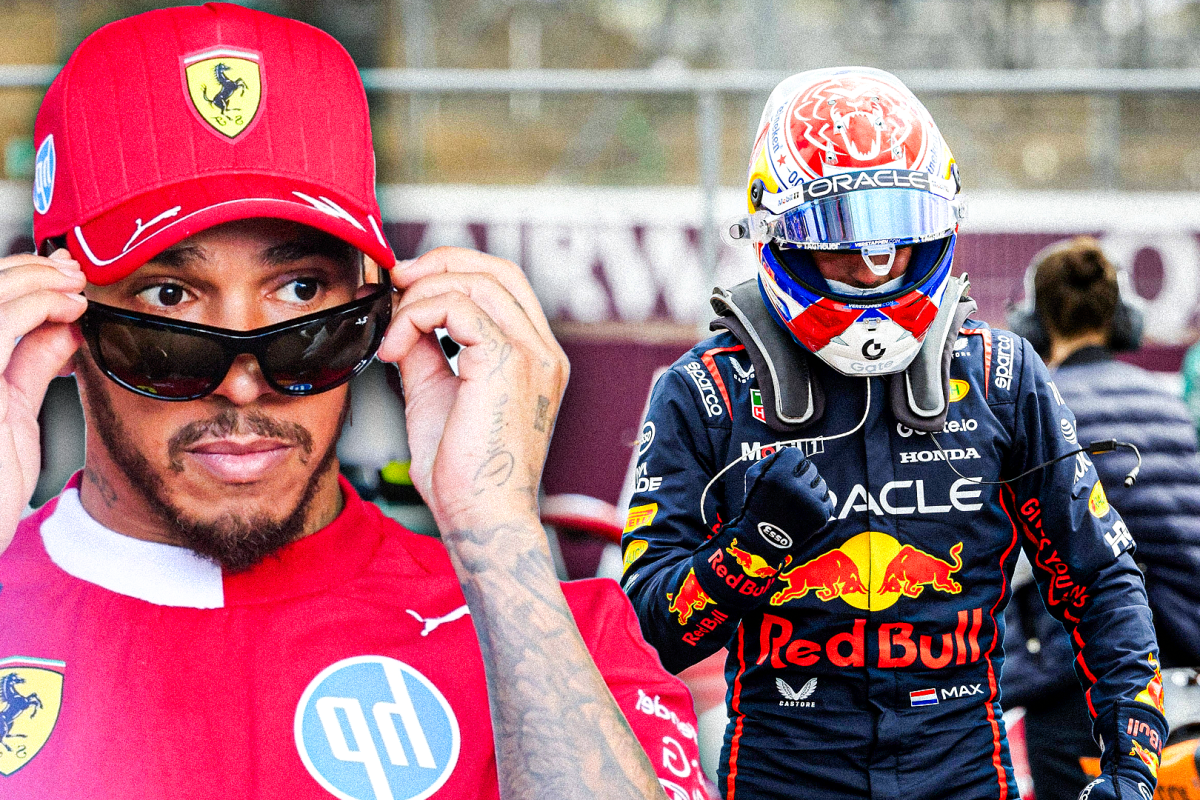Ferrari now ‘will not’ give Lewis Hamilton what he’s asking for but risk ‘making th… read more
Lewis Hamilton’s highly anticipated move to Ferrari, a union touted as a potential dynasty in the making, has instead yielded a season of frustration and simmering discontent. The initial optimism surrounding the seven-time world champion’s arrival in Maranello has dissipated, replaced by a palpable tension that casts a shadow over the team’s future. While the Scuderia initially welcomed Hamilton with open arms, the honeymoon period has definitively ended, and the chasm between driver and team appears to be widening. The crux of the issue lies in Hamilton’s demands for significant changes within the team’s structure and operational philosophy, demands that Ferrari, despite its initial cautious optimism, are now unequivocally rejecting.
The whispers circulating within the paddock suggest Hamilton’s dissatisfaction stems from several key areas. First and foremost is the car itself. While the SF-23 shows flashes of brilliance, its inherent inconsistencies and lack of outright pace compared to Red Bull and, increasingly, Aston Martin, have left Hamilton feeling underwhelmed. He’s voiced his concerns about the car’s aerodynamic limitations and its unpredictable handling, demanding immediate and drastic improvements to its chassis and power unit. These demands, however, are not merely technical critiques; they represent a fundamental disagreement about the team’s engineering approach and long-term strategy. Hamilton advocates for a bolder, more revolutionary approach, pushing the boundaries of regulation and technology, a philosophy that clashes with Ferrari’s more conservative and iterative development cycle.
Beyond the car itself, Hamilton’s requests extend to the team’s internal dynamics. Sources close to the situation indicate he’s seeking significant alterations to the team’s operational structure, advocating for a more streamlined decision-making process and a greater emphasis on driver feedback in the development process. He’s reportedly expressed concern about the team’s responsiveness to his suggestions, perceiving a lack of flexibility and a resistance to change. This reflects a broader cultural clash; Hamilton, accustomed to the highly responsive and data-driven environment at Mercedes, finds himself in a different operational climate at Ferrari. The Italian team, steeped in tradition and history, often prioritizes its internal processes and expertise over immediate driver input, a difference that has clearly exacerbated the current tensions.
Ferrari’s response to Hamilton’s demands has shifted from tentative consideration to outright refusal. Initial attempts at compromise have apparently yielded little progress, with the team concluding that acceding to Hamilton’s requests would not only compromise its existing infrastructure and strategic vision but also potentially destabilize the team’s harmony. Furthermore, accommodating Hamilton’s desires might negatively impact the development trajectory of the team’s younger drivers and engineers, hindering their growth and progress. The risk of upsetting the balance of the team, already facing pressure to improve its overall performance, outweighs the potential rewards of appeasing a single, albeit highly influential, driver.
The decision to stand firm against Hamilton’s demands comes with inherent risks. A disgruntled Hamilton, renowned for his competitive fire and unwavering dedication to winning, could become a disruptive force within the team. His influence and stature within Formula 1 could lead to a negative perception of Ferrari, impacting sponsorship deals and team morale. A protracted conflict could also distract from the crucial task of improving the car’s performance and challenging for championship victories in the coming seasons. Ferrari is thus facing a delicate balancing act: maintaining its integrity and strategic direction while mitigating the potential consequences of alienating its star driver.
The future of Hamilton’s tenure at Ferrari remains uncertain. While an amicable resolution is still theoretically possible, the current climate suggests a significant rift. Ferrari’s decision to resist Hamilton’s requests marks a turning point, potentially setting the stage for a protracted power struggle or an eventual, albeit unfortunate, separation. The outcome will undoubtedly have far-reaching consequences, not just for Hamilton and Ferrari, but for the entire Formula 1 landscape. The coming months will be critical in determining whether this highly anticipated partnership can be salvaged or will ultimately end in disappointment for all involved.




